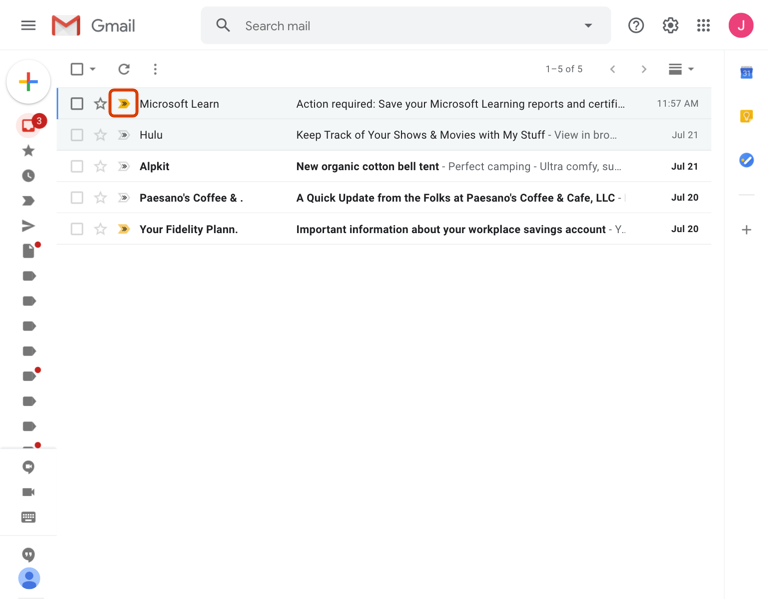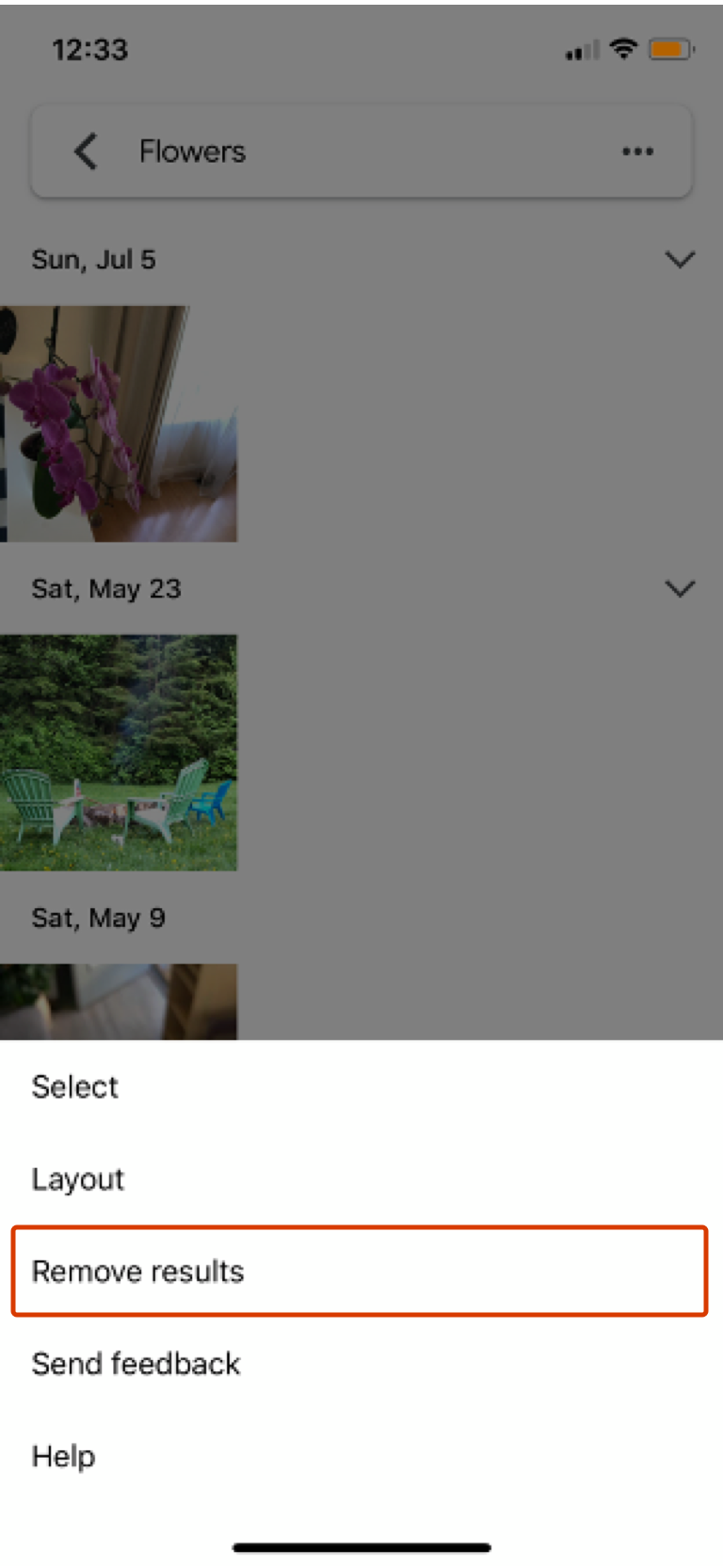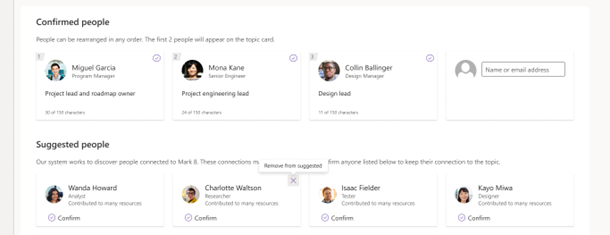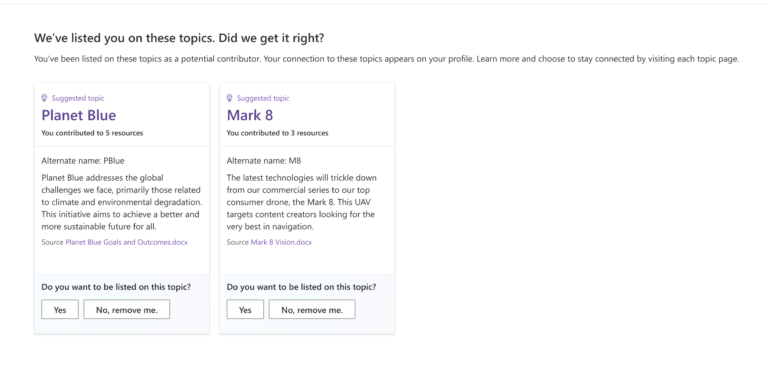Problem
The AI system incorrectly classified an object and the user needs to edit, correct, refine, or recover the system’s behavior.
Solution
Enable users to correct the AI system by selecting between two different states for each system output.
Use when
- Given a small number of possibilities, the AI system classified an item incorrectly.
How
The AI classifies each item (e.g., important/not important; spam/not spam). Enable the user to correct each classification decision by switching back and forth between states.
The selection is usually between two states, but occasionally it may be appropriate to provide a few choices.
User benefits
- Enables the user to quickly correct the system’s classification decision.
- It can help the user feel in control.
- Corrections indicate the system may not be perfect and give the user insight to how well the system can do what it can do (G2).
- When corrections are used to help the system learn (Guideline 13), a better user experience can be provided over time.
Common pitfalls
- It’s unclear to the user that they can correct the AI system.
- It’s unclear to the user how to correct the AI system.
- It’s unclear to the user what the correction options mean.
- In some contexts, such as driving a car, it might be inefficient, dangerous, or disruptive for the user to correct the AI system.
Keep in mind that repeated correction of the AI system can be costlier to users than performing the task themselves. If the AI needs frequent correction, consider disabling the feature or making it possible for users to disable the feature (see Guideline 17). Also, the AI system should learn from this behavior so it can improve over time (see Guideline 13).





